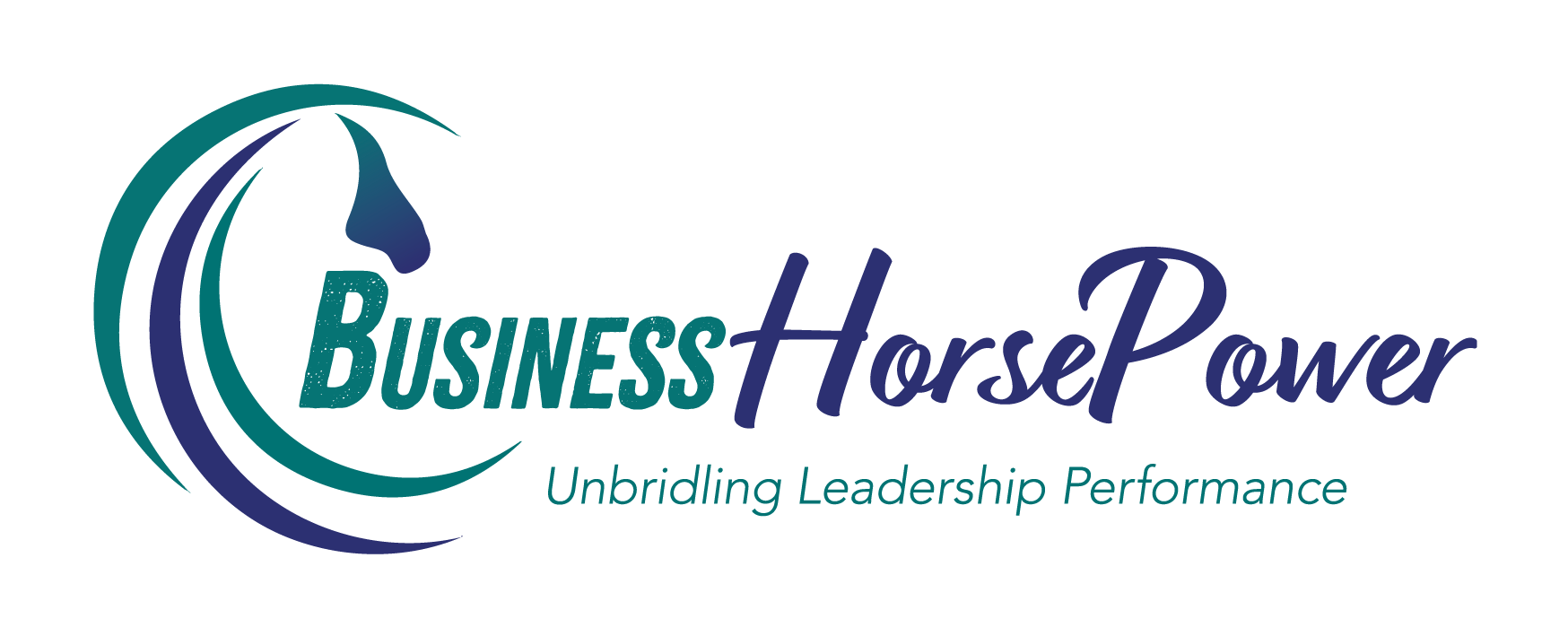
#23 – Why Team Investment Is Essential For Business Success
In the fast-paced world of business, where the success of an organisation often hinges on the effectiveness of its teams, the importance of investing in your team cannot be overstated. Teamwork is the driving force behind innovation, productivity, and sustainable growth. Yet, many business leaders overlook the need to invest in their teams, often viewing it as a cost rather than the crucial investment it truly is. This article explores why investing in your team is not only necessary but also a strategic move that yields high returns. We will discuss ten ways to invest in your team, ensuring that your business thrives in an increasingly competitive landscape.
1. The Decision to Invest: Commitment is Key
The first step in investing in your team is making a firm decision to do so. This decision requires a commitment—both financial and emotional—from you as a leader. It’s about dedicating time, resources, and energy to the growth and development of your team members. One of the biggest hurdles business leaders face is the initial commitment to invest in team development. Concerns about the return on investment (ROI) can make this decision difficult. However, when approached strategically, the investment in your team can yield compounded returns, enhancing overall team performance significantly.
2. Assemble the Right Team: Quality Over Quantity
Before investing in your team, it’s essential to ensure that you have the right people in place. This means having the best players on your team who are fit for their respective roles. Sometimes, leaders hesitate to hire individuals who may seem overqualified or better than themselves due to personal insecurities. However, the best leaders understand that hiring top talent elevates the entire team. By surrounding yourself with high-performing individuals, you not only enhance your team’s capabilities but also create a culture of excellence.
3. Understand the Cost: Emotional and Energetic Investment
Investing in your team goes beyond financial expenditure. It involves emotional and energetic investments as well. As a leader, you need to be prepared to support your team emotionally, mentor them, and create an environment conducive to growth. This can be draining, but the payoff in terms of team cohesion and productivity is worth the effort. Remember, your team’s development is not just about them—it’s also about how you, as a leader, create the space for them to thrive.
4. Build a Cohesive Community: Together Everyone Achieves More
One of the most critical aspects of team investment is fostering a sense of community within the team. The acronym TEAM—Together Everyone Achieves More—captures the essence of this. Building a cohesive team requires intentional effort to create connections and trust among team members. In today’s hyper-connected yet often disconnected world, where virtual teams are common, it’s more important than ever to create opportunities for team members to connect on a deeper level. Bringing your team together, whether physically or through virtual means, helps build the camaraderie that drives collective success.
5. Encourage Shared Experiences: Creating Lasting Bonds
Shared experiences are powerful tools for building strong teams. These experiences, whether through workshops, team-building activities, or projects, create memories and a shared language that enhance team dynamics. For instance, participating in a team-building workshop can provide team members with insights into each other’s strengths and areas for development. This not only improves collaboration but also fosters empathy and understanding within the team. When team members have shared experiences to draw upon, it strengthens their bond and improves overall team performance.
6. Empower Through Responsibility: Stretching the Comfort Zone
Another effective way to invest in your team is by giving them more responsibility and authority. People often don’t realize their potential until they are given the opportunity to step up. By gently nudging your team members out of their comfort zones and into the learning zone, you empower them to achieve more. This not only helps in their personal growth but also contributes to the overall success of the team. Leaders who trust their team members and provide them with opportunities to take on new challenges often see remarkable results.
7. Recognize and Reward: The Power of Positive Reinforcement
Recognition and rewards play a crucial role in lifting team morale. A simple compliment or acknowledgment of a job well done can significantly boost a team member’s motivation and commitment. As Mark Twain famously said, “I can live for two months on one good compliment.” Regularly recognizing and rewarding your team’s efforts creates a positive feedback loop, where team members feel valued and are motivated to continue performing at their best.
8. Ensure Accountability: Measuring ROI
To ensure that your investment in your team is yielding the desired results, it’s important to establish accountability. This can be achieved by setting clear expectations and measuring progress through assessments or feedback mechanisms. By evaluating the team’s performance before and after an investment in training or development, you can gauge the effectiveness of your efforts. Accountability also encourages team members to take their development seriously, knowing that their growth is being monitored and valued.
9. Be Prepared to Make Tough Decisions: When to Cut Losses
While investing in your team generally brings positive results, there may be times when you need to make tough decisions. Not every team member may be willing or able to grow with the team. In such cases, it’s essential to recognize when it’s time to release a team member who is no longer a good fit. This decision, though difficult, is necessary for maintaining the overall health and effectiveness of the team. A team is only as strong as its weakest link, and sometimes, letting go is the best option for the greater good.
10. Set Your Team Up for Success: Remove Obstacles
Finally, to maximize the ROI on your team investment, ensure that you set your team up for success. This means removing any obstacles that might prevent them from achieving their goals. Whether it’s providing the necessary resources, offering clear guidance, or simply giving them the time they need to focus on their development, your role as a leader is to create an environment where success is the most likely outcome. When your team members are set up for success, they are more likely to excel, which in turn drives the success of the entire organization.
Conclusion: The Value of Investing in Your Team
Investing in your team is not just a nice-to-have—it’s a necessity for any business leader who wants to drive sustainable success. A well-developed team is more productive, innovative, and capable of navigating the challenges of today’s dynamic business environment. By committing to your team’s growth, assembling the right people, fostering a cohesive community, and empowering them through responsibility, you set the stage for extraordinary results. Remember, the return on investment in your team is not just in the numbers—it’s in the culture, the morale, and the collective achievements that propel your business forward. So, as you move forward, consider how you can best invest in your team, ensuring that every member has the opportunity to rise, and in doing so, lift the entire team to new heights.
Show Notes:
Here are the highlights from this episode:














